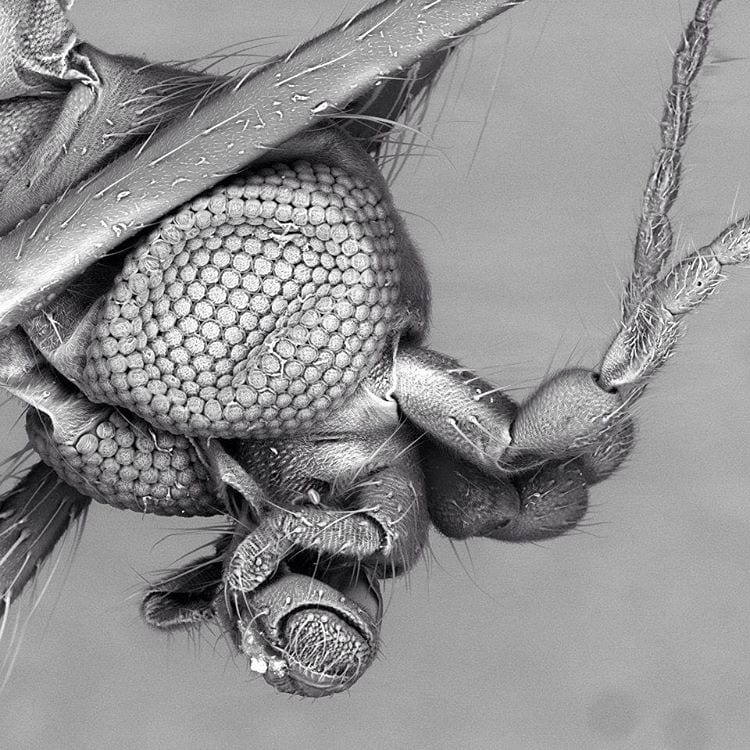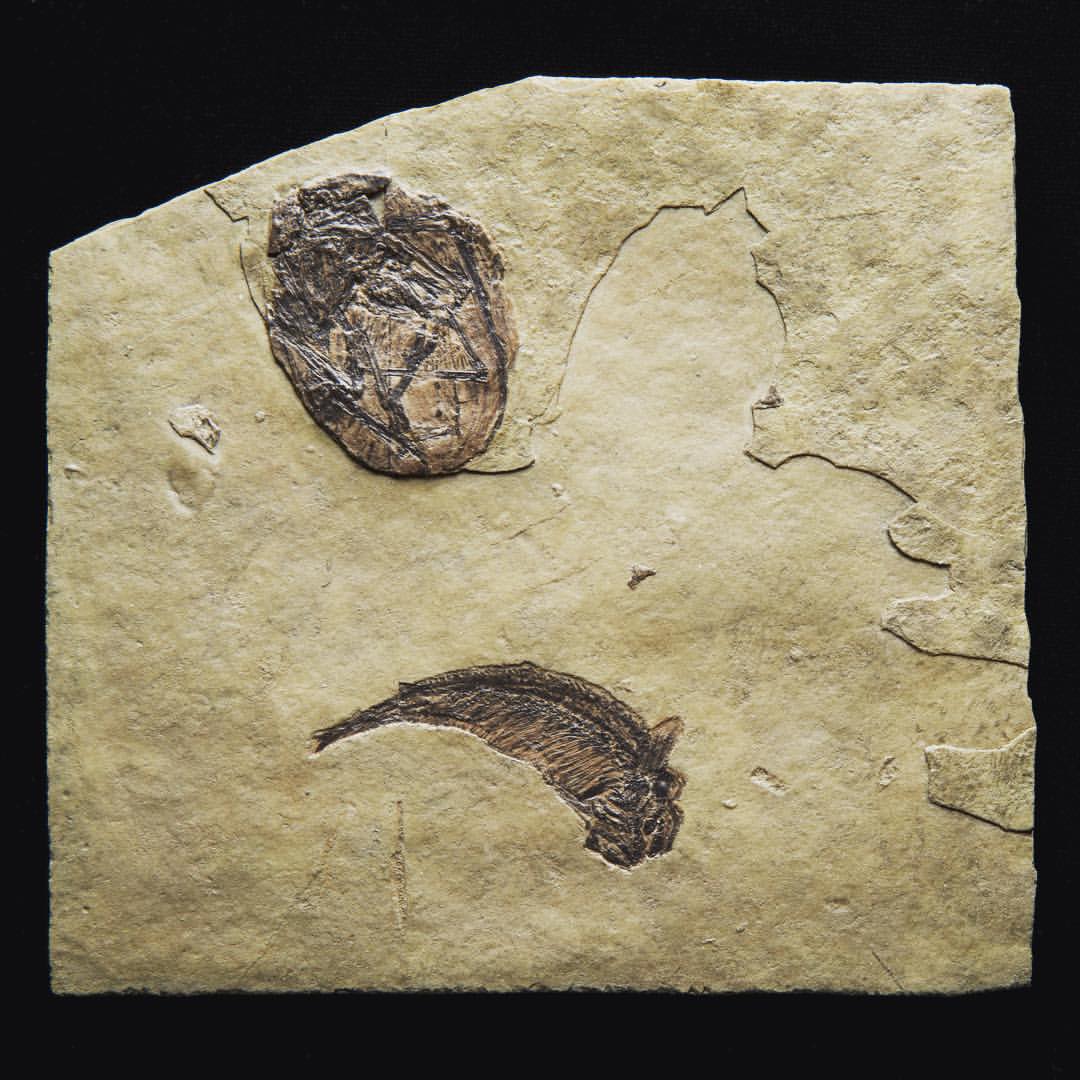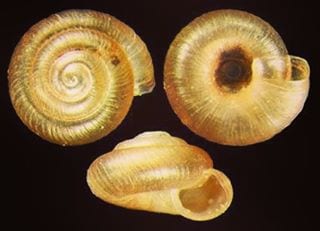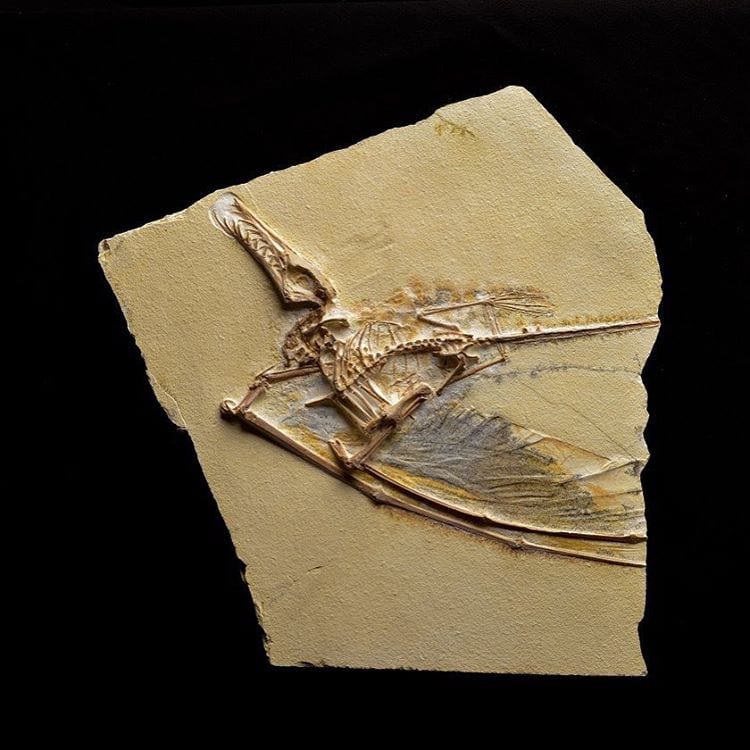
Crane fly

Carnegie Museum of Natural History
One of the Four Carnegie Museums of Pittsburgh
by carnegiemnh

by carnegiemnh

This cast of a pterosaur egg shows a fossilized pterosaur curled up, with its wings wrapped around its body. The skeleton is nearly complete, indicating that the young pterosaur was almost ready to come out of its shell. Its wing bones are long and fairly solid, so it would probably have been able to fly soon after hatching. ©AMNH/C. Chesek
by carnegiemnh

How can research shape our understanding of the local natural world? In 1985 the smallest land snail in Pennsylvania, Punctum minutissimum, was reported to be in only 13 of the state’s 67 counties. With those kind of stats one might think it was a somewhat rare Pennsylvanian snail.
Over years of research Tim Pearce, Assistant Curator of our Section of Mollusks, has found this small snail in additional counties throughout PA. In March 2014 Dr. Pearce found it in the 67th county, making this snail common in 100 percent of counties across Pennsylvania! (at Carnegie Museum of Natural History)
by carnegiemnh

by carnegiemnh

. ©AMNH/C. Chesek
In this well-preserved Rhamphorhynchus muensteri fossil, researchers detected layers of skin threaded with blood vessels, muscles and long fibers that stiffened the wing. Because of the shadowy color of the wing membrane, paleontologists call this fossil “Dark Wing.” What other secrets do pterosaur fossils reveal? Find out when “Pterosaurs: Flight in the Age of Dinosaurs” opens January 30, 2016! http://pterosaurs.carnegiemnh.org/
by carnegiemnh

Portion of a stela (painted limestone). The inscription says that this offering stela was made by Wennefer, son of Paiwenhor, and dedicated to Osiris. (ca. 664-500 B.C.) #ancientegypt (at Carnegie Museum of Natural History)
